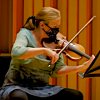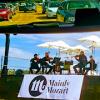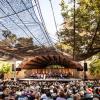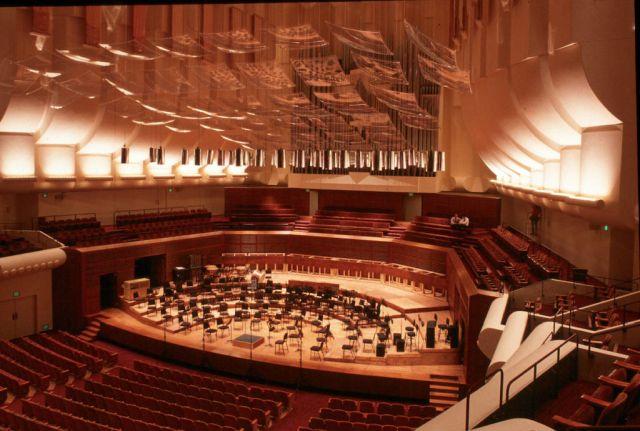
An arts administrator and a musician are sharing drinks on Zoom.
“How do you think we’ll know when the pandemic is over?” asks the musician, wistfully remembering when they would walk into a bar.
“When we stop using the word ‘pivot,’” says the administrator.
It’s been more than a year since COVID-19 delivered a gut-punch to the performing arts, leaving administrators to “pivot” while navigating a constantly shifting landscape of protocols, financial challenges, and color codes as artists faced a crisis of unemployment. And while it may be premature to say we’ve weathered the storm, the introduction of mass vaccinations and the consistently falling number of infections has unquestionably brightened the outlook for the return of live performances. These will certainly be outdoors at first, probably distanced, and possibly masked.
As of April 1, many counties in California moved from the limitations imposed by the state’s Red tier to the Orange level, which has fewer restrictions and a whole new set of protocols for live performances from the California Department of Public Health. Some of the new guidance will be very welcome. Indoor performances will now be allowed from mid-April on, with many restrictions. For Orange-tier counties like San Francisco and Los Angeles that are in a relatively good situation with the virus, presenters will be allowed to open venues to two-thirds capacity if attendees provide proof of vaccination. Otherwise, the maximum is one-third of capacity. Presenters will still need to insure six feet of space in the seating between household groups, and everyone will still need to be masked, whether vaccinated or not.
There is still no change in the recommendations for players, particularly singers and wind instrumentalists, including barriers and increased separation, and there are specific recommendations for rehearsals as well as things like set construction.
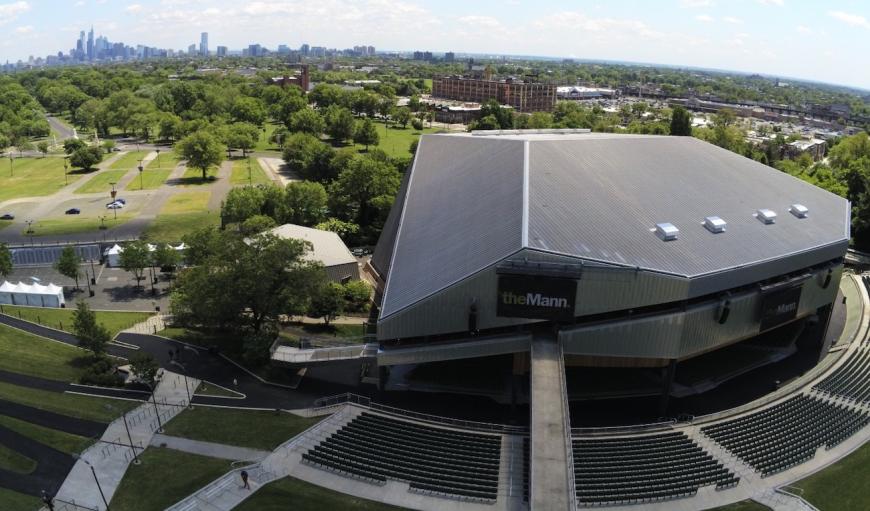
With the quickly changing pace of protocols, the pivot toward live performances has become a nation-wide phenomenon. Opera Philadelphia is planning to return to production with three outdoor performances of a Puccini hybrid, The Drama of Tosca (May 5, 7, and 9), which will take place in the open-air TD Pavilion at the Mann Center for the Performing Arts.
As described by the company, “In a special concert adaptation, the tragic tale of Tosca takes on a completely new dimension. Seen through the eyes of an omniscient narrator, this innovative version of Puccini’s beloved work bridges opera and storytelling, highlighting major themes from the original. Created to address concerns around audience and artist safety, The Drama of Tosca is only 90 minutes (with no intermission) and focuses on the three principal characters, joined by the spoken narrator, full orchestra, and adult chorus.
Music Director Corrado Rovaris will conducts 68 players from the Opera Philadelphia Orchestra, who will appear on stage with the singers, while Elizabeth Braden will lead 40 singers from the Opera Philadelphia Chorus, who will sing from the balcony level. “The 90-minute concerts will feature limited seating for socially distanced audiences and enhanced safety measures; fans can also support the artists via a digital stream and special ‘fill-the-house’ campaign.”
The Minnesota Orchestra will conclude its 2020–2021 Classical season with concerts in June that will re-introduce in-person audiences to Orchestra Hall, after nine months of performances that have been designed solely for at-home viewing and listening.
According to Music Director Osmo Vänskä in Bring Me The News, “We have been waiting for this moment for a long time, and it means a lot that we will be able to conclude the Classical season by welcoming audiences back to Orchestra Hall. Our aim this year has been to give people choices around how they can connect with the Orchestra, and soon they will be able to decide if they’d like to experience a concert by watching on television or online, listening on the radio, or attending in person. Those June performances will be very emotional.”
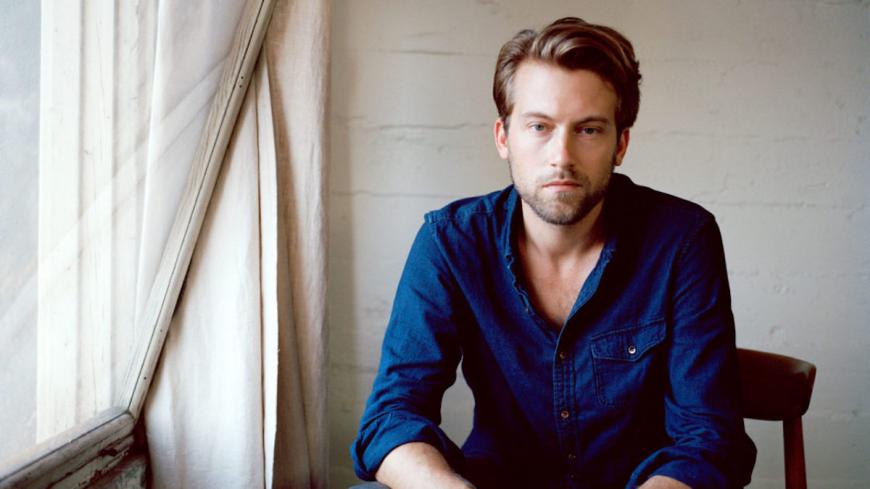
James Darrah has been working with the Los Angeles Chamber Orchestra as the artistic director of its digital performance capture series, Close Quarters. He was also recently appointed artistic director of Long Beach Opera to succeed Yuval Sharon.
“I think we are at a real turning point, and it’s certainly reflected in the conversations we’re having at LBO and LACO. It’s clear that vaccinations are making a big difference and audiences are more than ready for live performances to begin again,” Darrah said.
“The question is, how do we proceed in a safe way without sacrificing the innovations that we’ve achieved through the necessity to create digital content? With our LACO series of performance captures we tried to create a bridge between a classical music gesture and a fine arts gesture by incorporating elements of dance, sculpture, painting, theater, and poetry. As we move forward, it’s my hope that we will continue to merge these elements together in live productions. We need to continue to innovate, not just flip a switch so we can return to normal. In terms of opera, I think we have accomplished 10 years’ worth of work in a single year.”
Long Beach Opera’s first live production (May 21–23) will present a drive-in production of Philip Glass’s adaptation of Jean Cocteau’s Les enfants terribles. Originally directed by Darrah for Opera Omaha’s “The One Festival,” the production will be staged in a massive parking structure off Pacific Coast Highway.
“The necessities of the pandemic,” Darrah feels, “have forced us to adapt and evolve. I hope we have changed the very nature of what the classical-music and opera forms are capable of. I believe we need a new generation of leadership that is willing to face the responsibility of taking social action while evolving new systems of production. What we don’t want is to have people sitting in a half-filled hall feeling like this is just a stop-gap.”
In an attempt to gauge the readiness of classical music and opera audiences to return to (indoor) live performances, many companies are polling subscribers to find out what they are, and are not, ready to accept as live performance protocols.
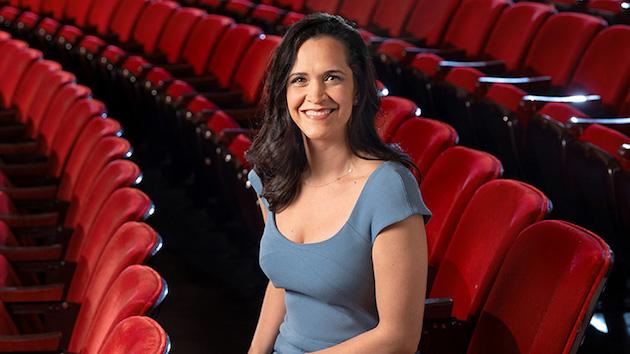
“It’s a wide spectrum,” observes Opera San José General Director Khori Dastoor.
“At one end are the people that can’t wait for this to be over so they can attend live performances. They think it’s going to be like the Roaring ’20s. They’re not worried at all. At the other end are people, even after they’ve been vaccinated, that feel just as anxious and vulnerable and nervous as they did before the vaccines. My patrons are in both camps. Just putting my finger in the wind and saying it’s all going to turn out this way or that way isn’t helpful. We’ve had to change direction too many times! What’s the point of announcing a season if people aren’t ready to buy tickets and come?
“We’ve been constantly polling our members, asking them things like when do you think you’ll feel comfortable returning? Two to four months? Four to six months? Our plan is to be prepared no matter [how] the wind blows, offering live, potentially limited-seating performances for those that are willing to endure the protocols, while backstopping ourselves with high-level digital captures for those that prefer to watch at home.
“Opera has traditionally operated on a long-term schedule,” she adds. “This past year has obliterated that. I think at this point with two months’ notice we can produce something really exciting.”
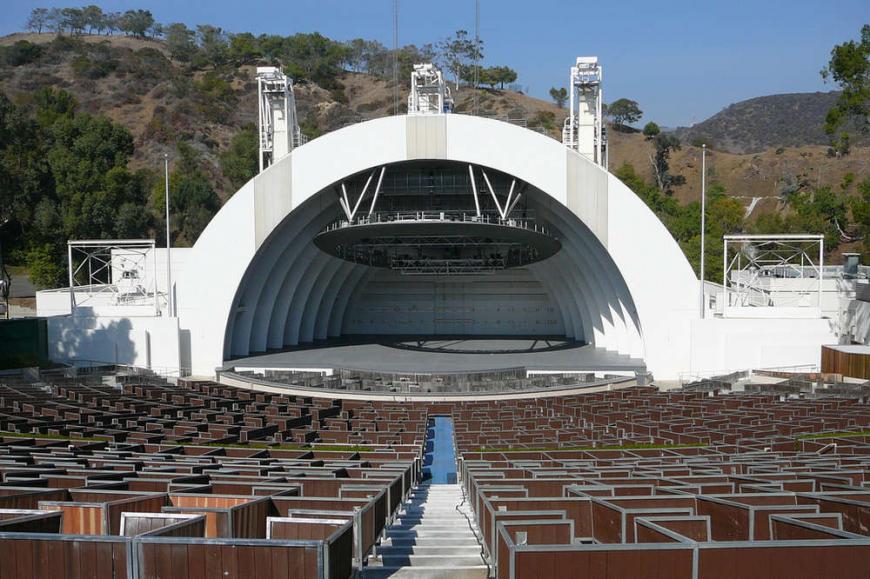
For the Los Angeles Philharmonic, the summer season at the Hollywood Bowl is a beloved tradition and an economic necessity. Losing last summer’s entire season was devastating blow. So the shift to the orange tier is godsend, as they noted in a press release.
“In anticipation of the forthcoming LA County guidance regarding the return to live performances, the LA Phil is hard at work making plans to reopen our two treasured outdoor concert venues — the Hollywood Bowl and the Ford — which are synonymous with Los Angeles summers,” the release stated, announcing that details of the how, what, and when would be forthcoming.
The organization has also commissioned the consulting firm of WolfBrown to conduct a subscriber poll titled the Audience Outlook Monitor. The survey covers a wide range of questions regarding individual attitudes and perceptions, how people feel about current infection levels, their willingness to adhere to protocols, the degree of confidence they feel about attending live performance events, the impact they see coming with mass vaccinations, faith in vaccines as a way to return to “normal activities,” even asking respondents to imagine a time when the pandemic is a thing of the past.
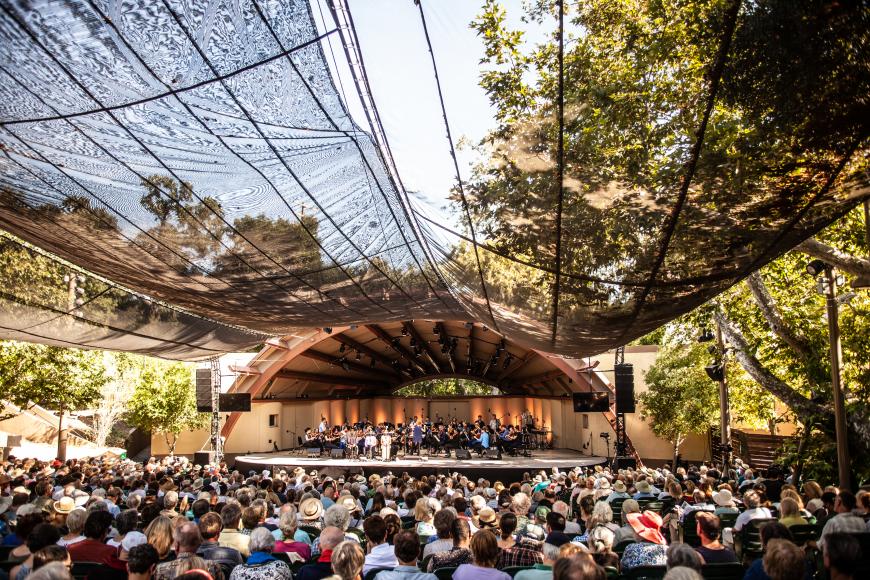
If COVID-19 had never dealt its devastating blow, the Ojai Music Festival would have begun its 75th anniversary celebration in June 2021.
“It was the necessity to adhere to strict protocols that caused us to postpone the festival to mid-September,” observes Artistic and Executive Director Ara Guzelimian.
“We had several option/scenarios we were considering. The most extreme would have been to throw in the towel and do the entire festival digitally. The board and our music director, John Adams, were adamantly opposed to that. A year ago, that might have been an option. But now people are so saturated with online content it just seemed untenable.
“Back in January, having the festival live at least seemed possible,” he continued. “But as the months passed, the odds worsened, especially because several of our key participants would be coming from abroad and faced travel restrictions and potential quarantines. The protocols that we would have been required to follow were almost military with patrons in limited numbers, socially distanced, being marched to and from their seats, with only a limited number of musicians allowed to appear, masked and behind shields, onstage.”
Faced with the need to make a final decision, Guzelimian called on Ojai’s former artistic director, Tom Morris.
“Here is what we’re facing,” he told Morris. “Maybe we should postpone until September? I expected Tom to give a very measured, rational answer. But he said immediately if we presented the festival in June under those circumstances it would be very depressing. ‘It’s not going to feel like an Ojai Festival. And if it doesn’t feel like an Ojai Festival, why do it?’ I thought he was right. Ojai is all about community. Take that away and it’s not the festival.”
Ultimately the decision seems to have had divine approval.
“When we discovered that every single performer was available to come to Ojai in September, we all agreed it was the right decision. If the worst-case scenario is we’re together in September and it turns out we could have had the festival in June, we can live with that.”


